| Quito,
como toda capital
latinoamericana, y como todo centro cultural y poblacional, es una
ciudad de mercados y de intercambio. Fundada en 1534 por la colonia
española, Quito es una ciudad donde la cultura colonial
europea,
la cultura capitalista Occidental, y las culturas indígenas
y
mestizas se mezclan, creando un panorama de contrastes, colorido, y
paradojas visuales. |
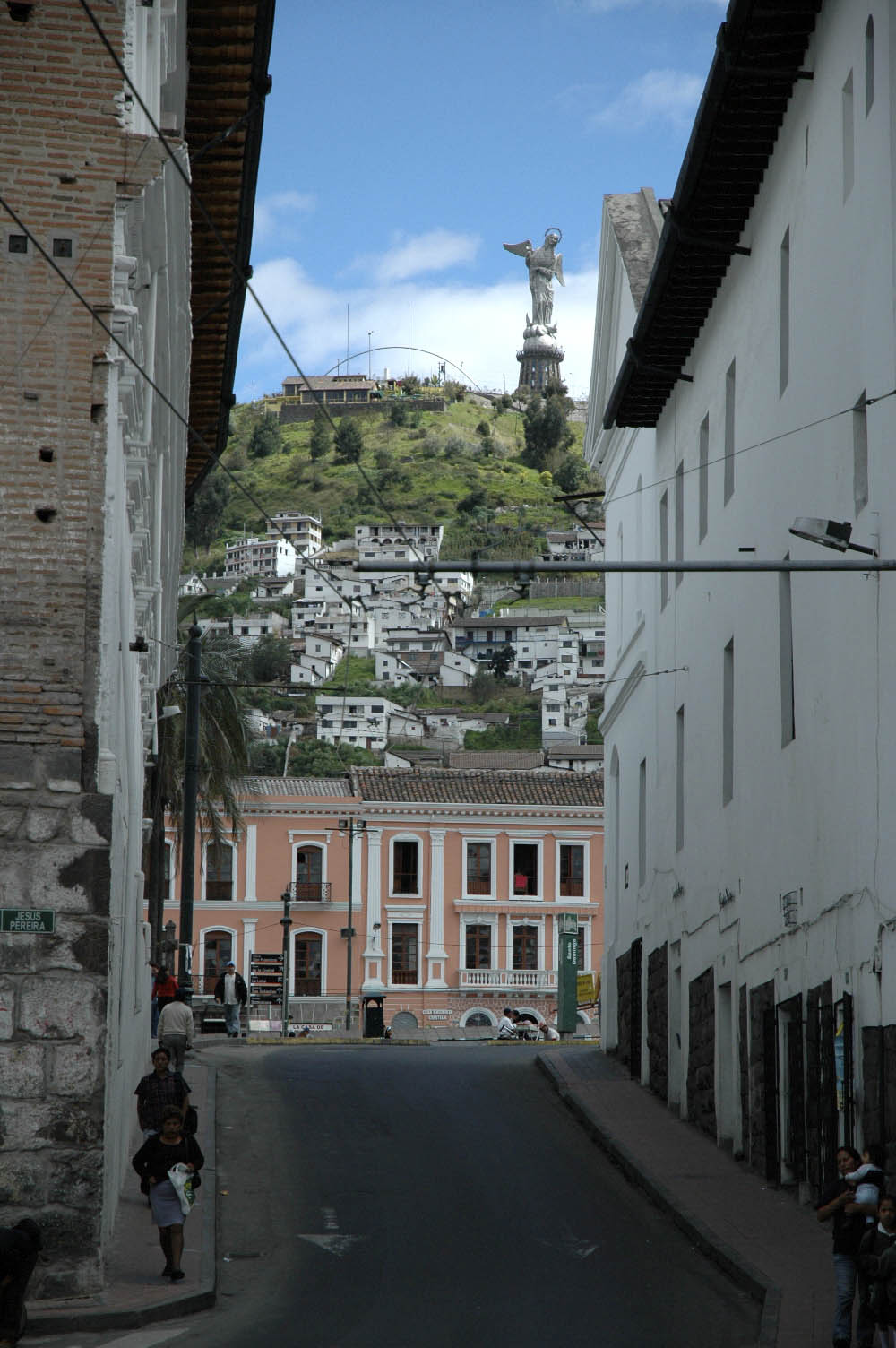
|
As
in any Latin American
Capital, Quito is not only one of the popular and cultural centers of
Ecuador, it is also a center for markets and exchange. Founded in 1534
by Spanish colonists Quito is a city where colonial, indigenous,
capitalist, and mestizo cultures have clashed in a manner which has
created an incredibly unique landscape. |
|
el panecillo y la plaza Sto. Domingo (2007) |
|
| En
los pueblos en los
alrededores de Quito, donde la población es, en su
mayoría, mestiza o indígena, y trabajadora, el
comercio
se limita a la tienda del barrio, donde todos los vecinos hacen sus
compras inmediatas, y donde, a todo amigo se le fía. |
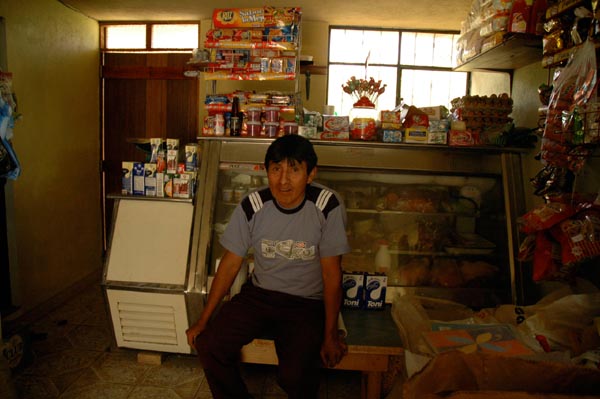 |
In
the small towns on f Quito, like Nayón the
population is mainly
mestizo and indigenous. Most people are workers and the commerce in the
area is limited to that of labor, and small stores and family
businesses where neighbors take care of their immediate needs and where
every friend has an account. |
|
Alonso
y su local (2007) |
|
| En
los supermercados de
la ciudad, como los de la cadena Supermaxi, productos importados y
nacionales llenan repisas y congeladores. Al frente hay diez o veinte
cajeros, y si no tienes dinero, nadie te da nada. |
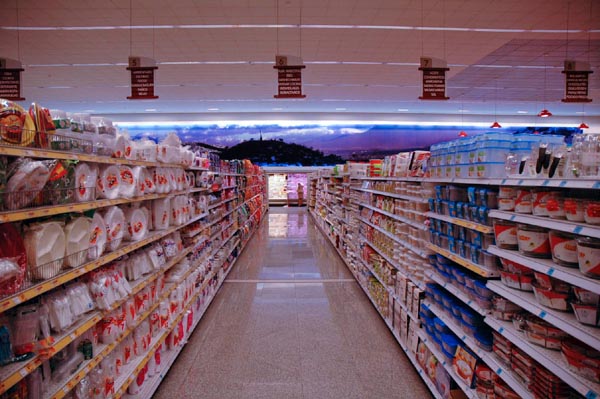 |
In
the large
supermarkets in the more developed areas of the city, aisles are filled
with imported and national products. Glossy floors, and enormous
refrigerators, all in a huge warehouse at the front of which stand ten
or twenty cash registers, if you have no money, you better not come
here. |
|
platos (2007) |
|
| En
los mercados
populares, la carne se vende al kilo, en puestos de negocio familiares.
Las cuentas se hacen a mano, y las tercenas se las empaca en bolsas de
plástico. |
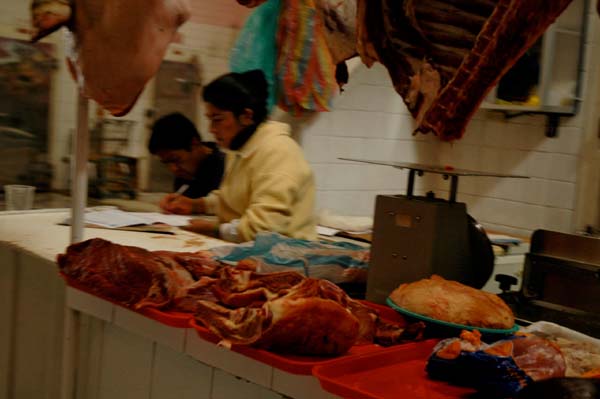 |
In
the local markets,
meat is sold by the kilogram. The kiosks are made of white tile,
accounting is done by hand, and the meat is packaged on the spot in
plastic bags. |
|
Tercenas
Iñaquito (2007) |
|
| En
los supermercados las carnes vienen cortadas, empacadas, y
clasificadas. |
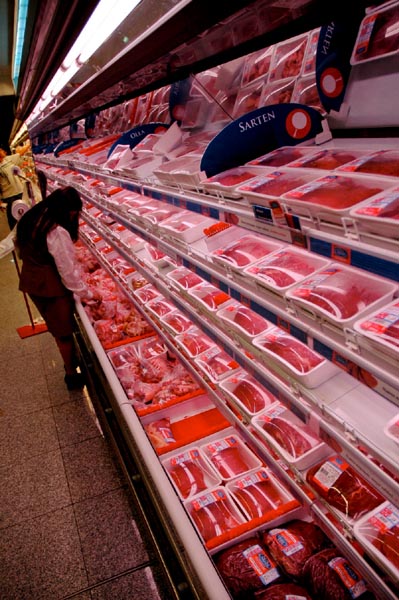 |
In
the supermarkets, the meat is cut, packaged, and classified. |
| home |
carnesmaxi
(2007) |
next |









